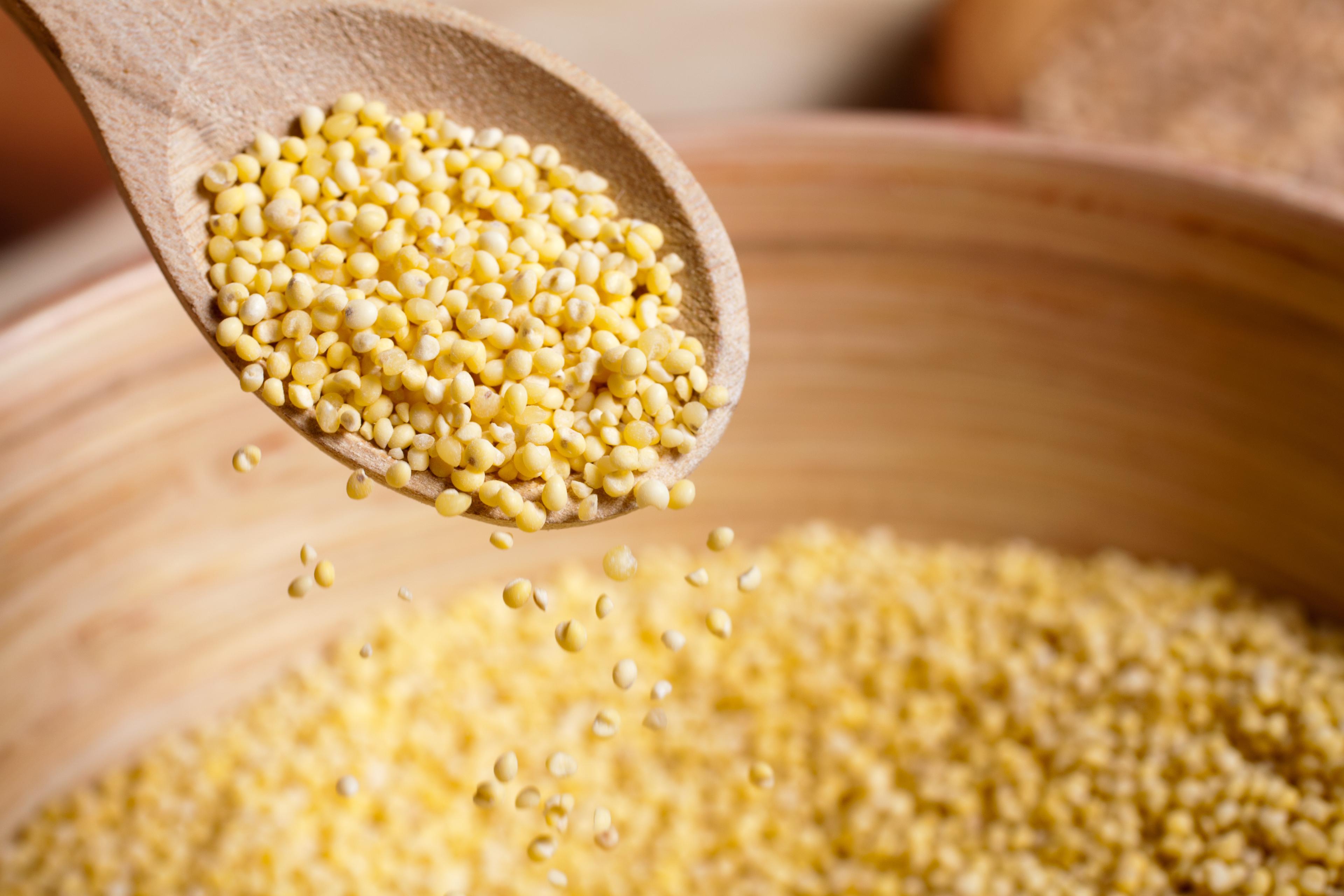What’s in Your Food? Enriched Flour Tops List of Unhealthy Ingredients
3 min read


Medically reviewed by Shanthi Appelo, MS, RD
If you are not regularly reading nutrition labels, you may consume unhealthy ingredients much more often than you think. When reading the ingredients of your favorite bread, chances are the first ingredient is enriched flour or enriched wheat flour, which you may not know a whole lot about.
What is enriched flour?
Enriched flour is a processed food. Processing removes many essential nutrients and adds a fraction of them back into the final product to give baked goods a finer texture and increase shelf life.
Enriched flour is refined flour enriched with nutrients like B-vitamins (such as thiamin, riboflavin and niacin) and iron. Refined grains that are enriched have these nutrients added back into them after they are processed and fortified with folic acid.
All-purpose flour, used primarily for baking, and bread flour, which has a higher protein content and results in baked items with a chewy texture, are two types of enriched flour. Fiber, a carbohydrate essential to every diet, is not re-added to enriched flour during processing.
What foods are made with enriched flour?
Unless otherwise stated, here are examples of foods commonly made with enriched flour:
- Breaded chicken nuggets
- Brownies
- Cake
- Cookies
- Crackers
- Donuts
- Many types of pasta
- Pie crust
- Pizza
- Pretzels
Is enriched flour bad for you?
While enriched flour provides a lot of important nutrients, it’s still a refined grain. When the bran and the germ — the parts of the grain that contain fiber and nutrients — are removed, your body absorbs it differently. Instead of a slow process that gives you steady energy, your body breaks down refined grains like enriched flour quickly, which can elevate blood sugar levels and cause a blood sugar spike in some people.
What ingredient should I look for in bread?
Whole grains are rich in dietary fiber, which help keep blood sugar steady. One of fiber's greatest qualities is its ability to prevent or manage diabetes.
When looking for ingredients in bread, it's important to select breads made from whole wheat flour or whole grain flour, because they are rich in dietary fiber, antioxidants and protein. They are also a good source of dietary minerals like magnesium, manganese, phosphorus and selenium — along with niacin, vitamin B6 and vitamin E. Research states a high intake of whole grains is associated with a reduced risk of:
Additionally, don't automatically assume breads advertised as “soft wheat” or “multigrain" full of fiber and unprocessed. Read the ingredients, because the many of those breads are also made with enriched flour.
Photo credit: Getty Images
More from AHM:
- Baking with Gluten-Free Flour
- Foodie Focus: Summertown Fresh Bar Fills a Fast and Healthy Restaurant Void in Corktown
- Should I Eat High Protein Ice Cream Instead?









